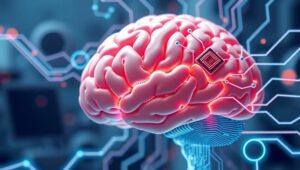The Future of Compilers: Optimizing for Exotic Architectures (2026)
The Future of Compilers: Optimizing for Exotic Architectures (2026) Compilers have long been the unsung heroes of software development, quietly translating human-readable code into machine-executable instructions. But as we march further into the 21st century, the landscape of computing is rapidly evolving. We’re moving beyond traditional CPU-centric architectures to a world populated by specialized hardware, quantum processors, neuromorphic chips, and other “exotic” architectures. This article explores the challenges and opportunities facing compiler design in this exciting new era. The Rise of Exotic Architectures For decades, software development has largely revolved around the x86 and ARM architectures. However, the limitations of






